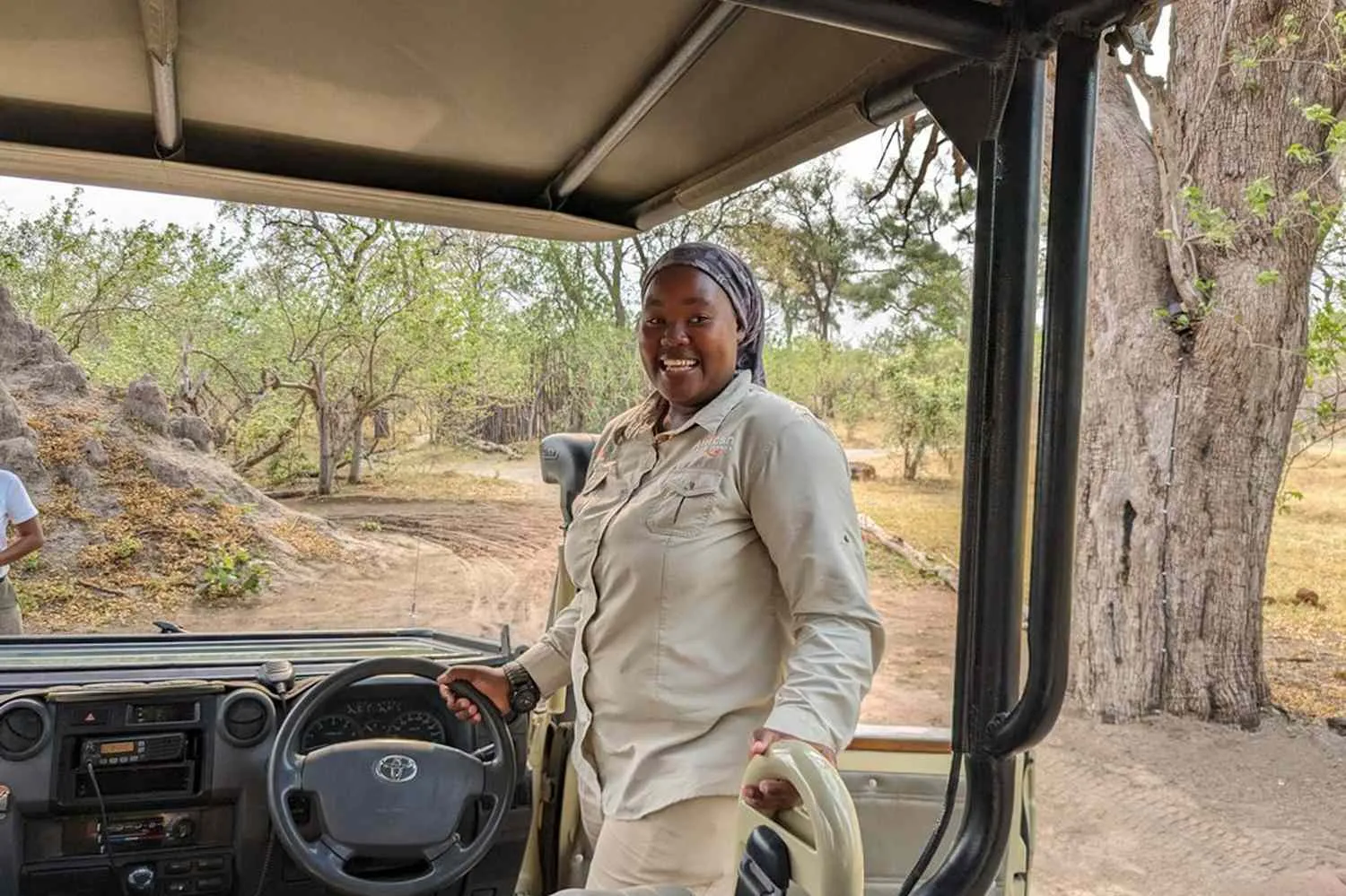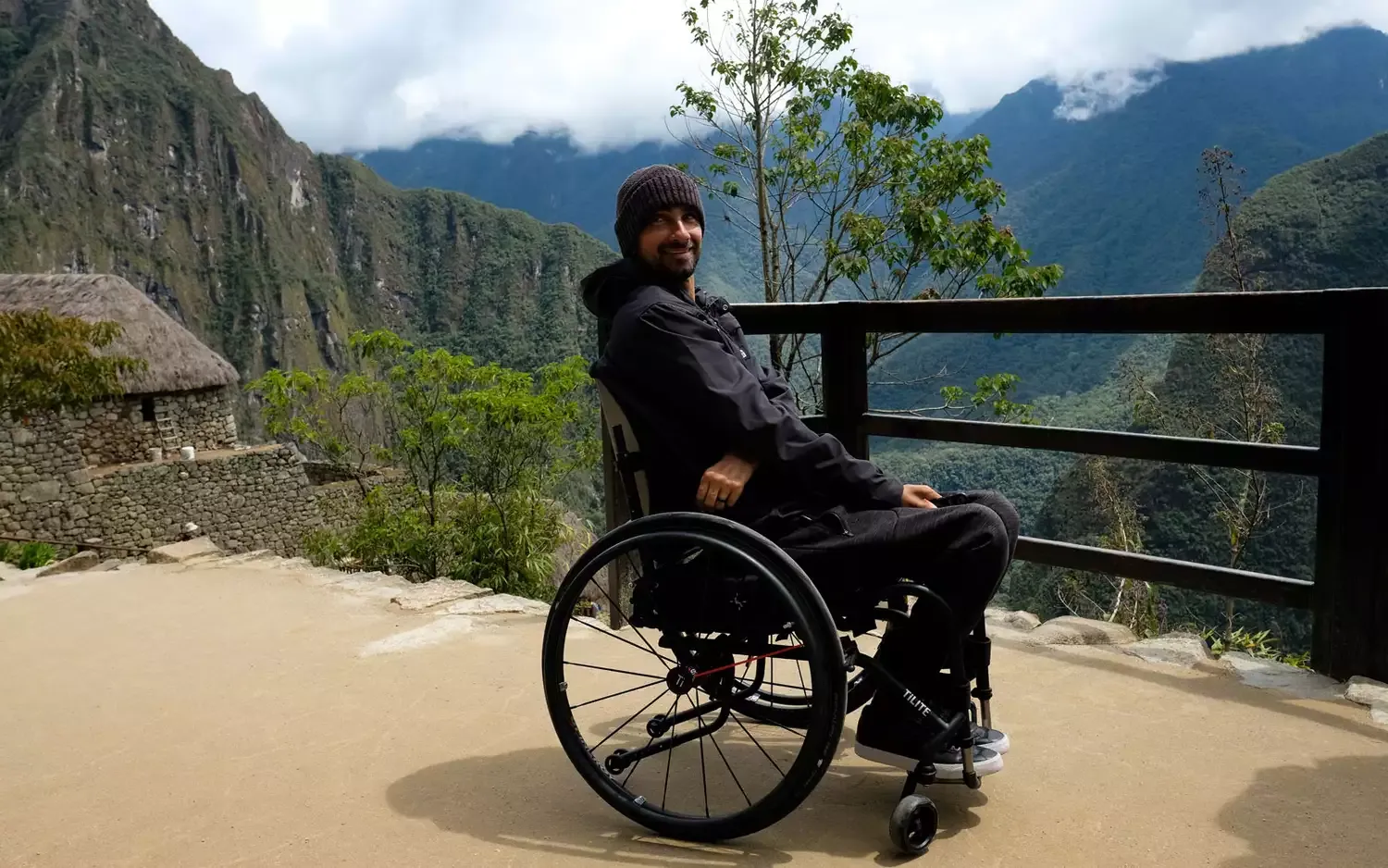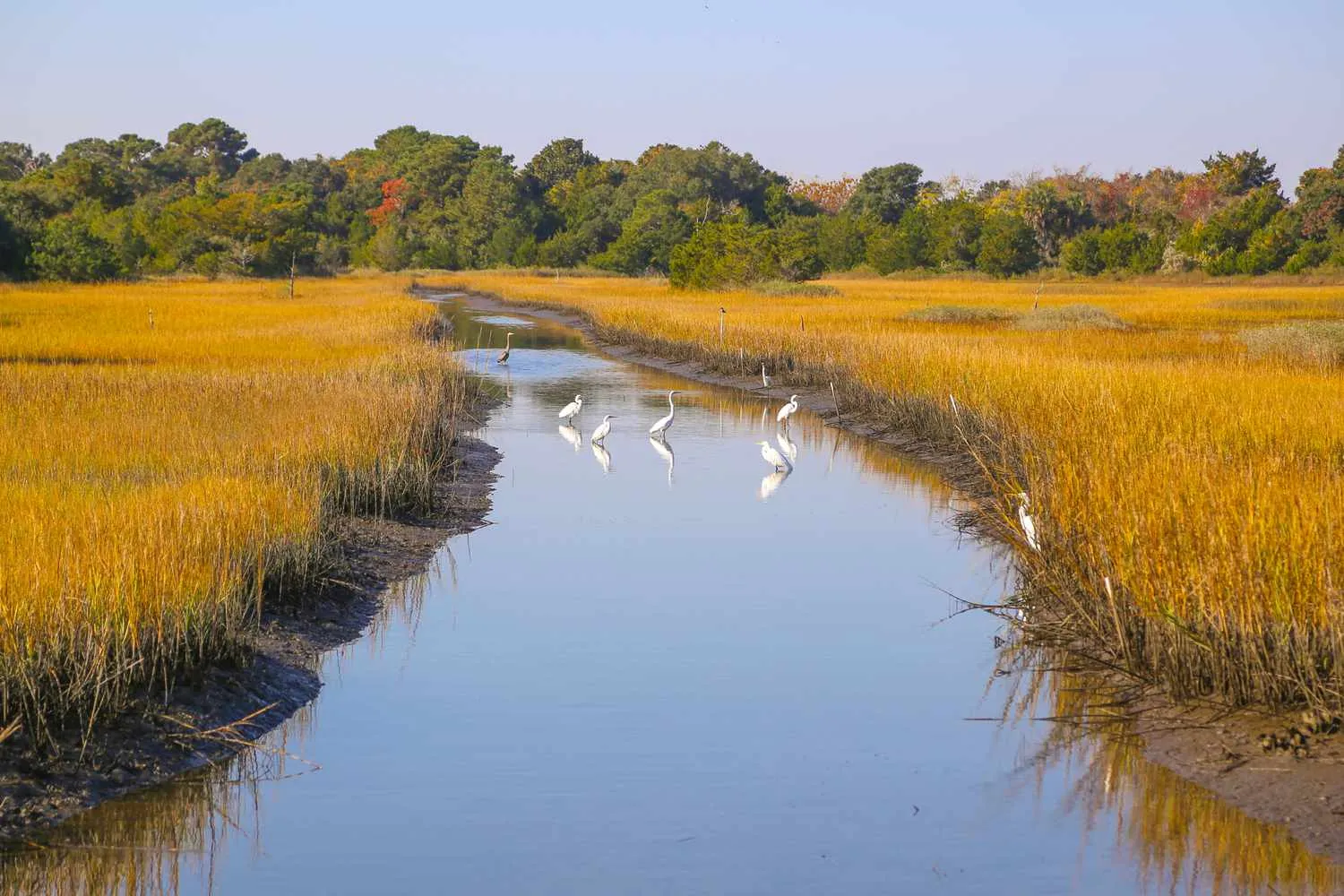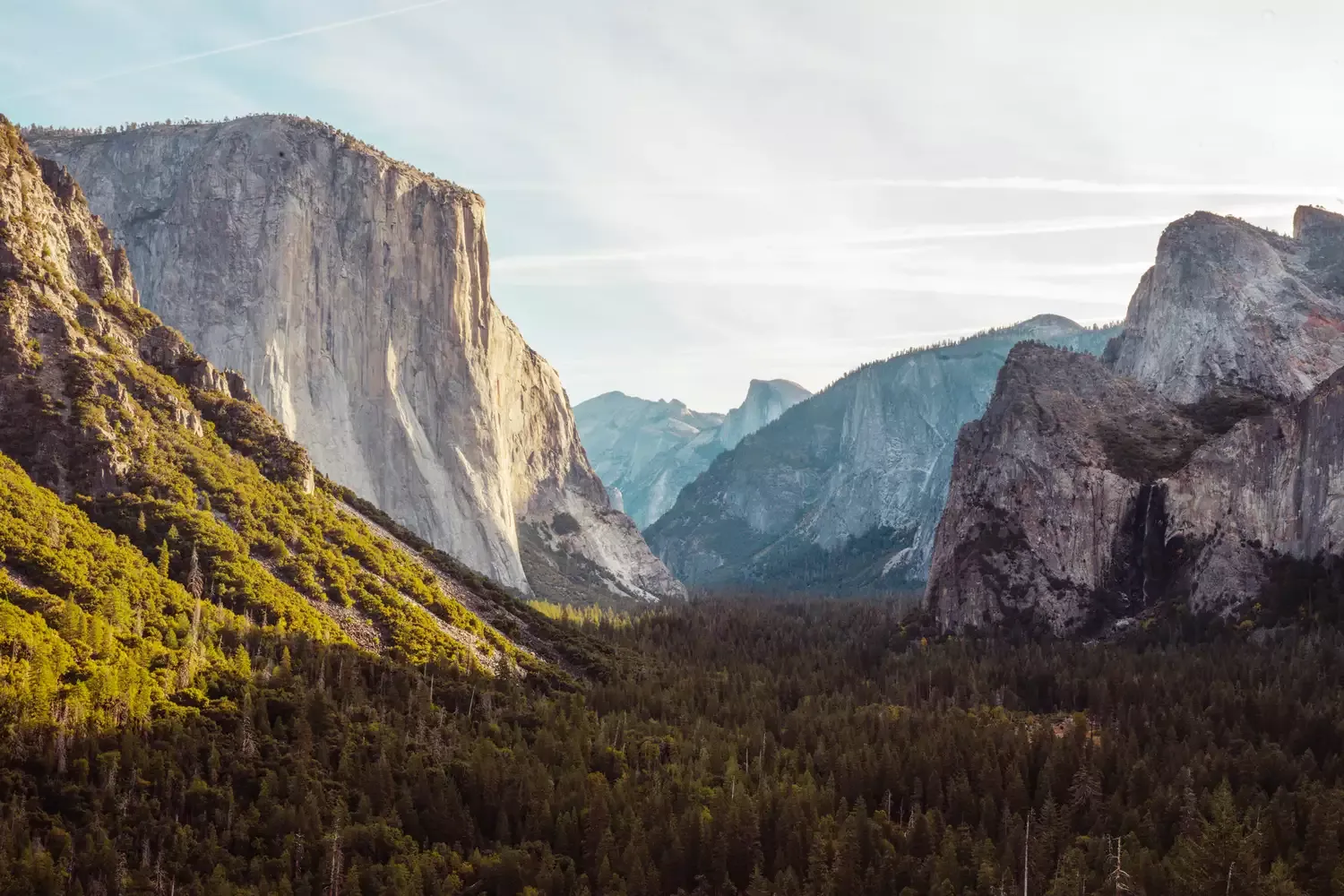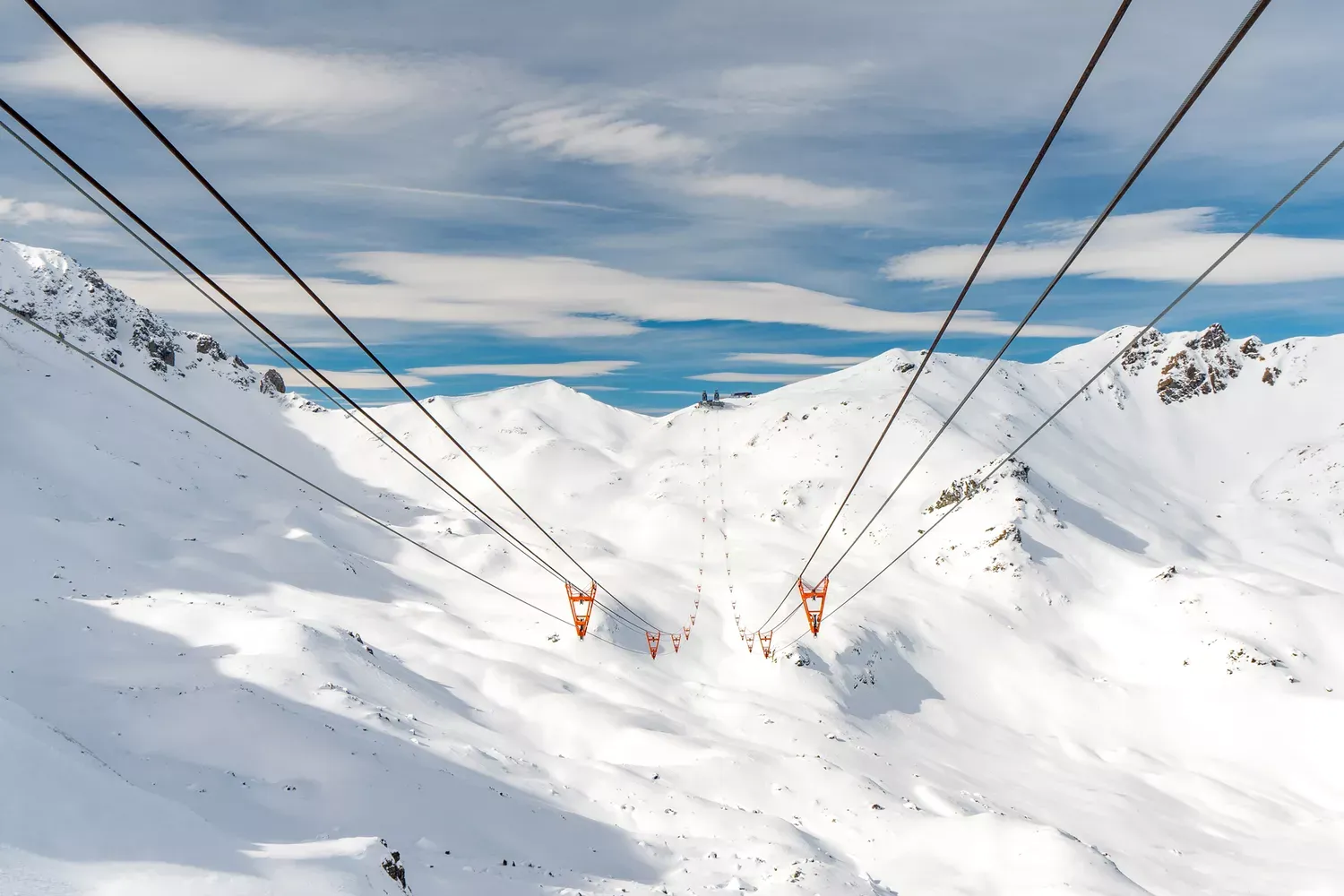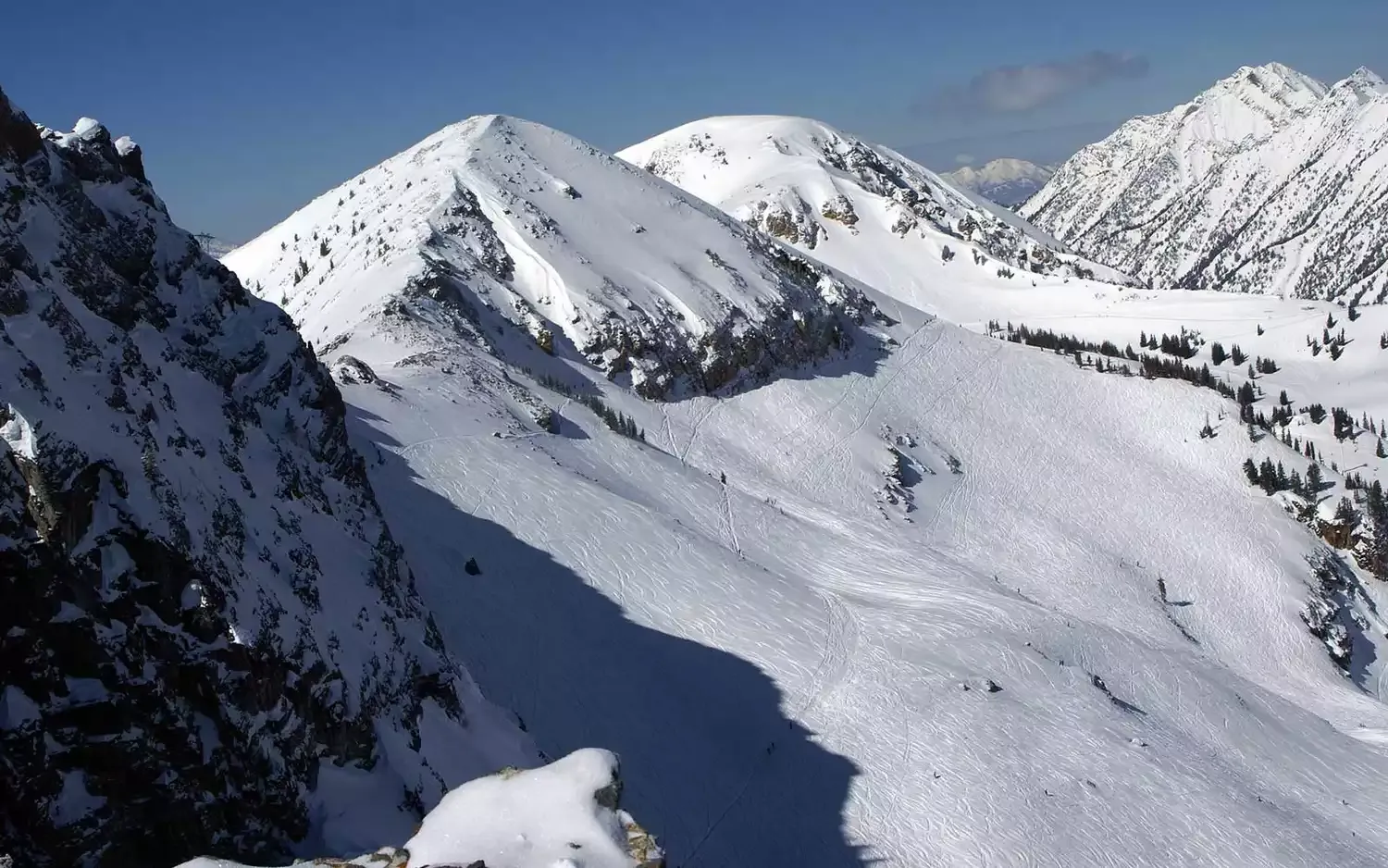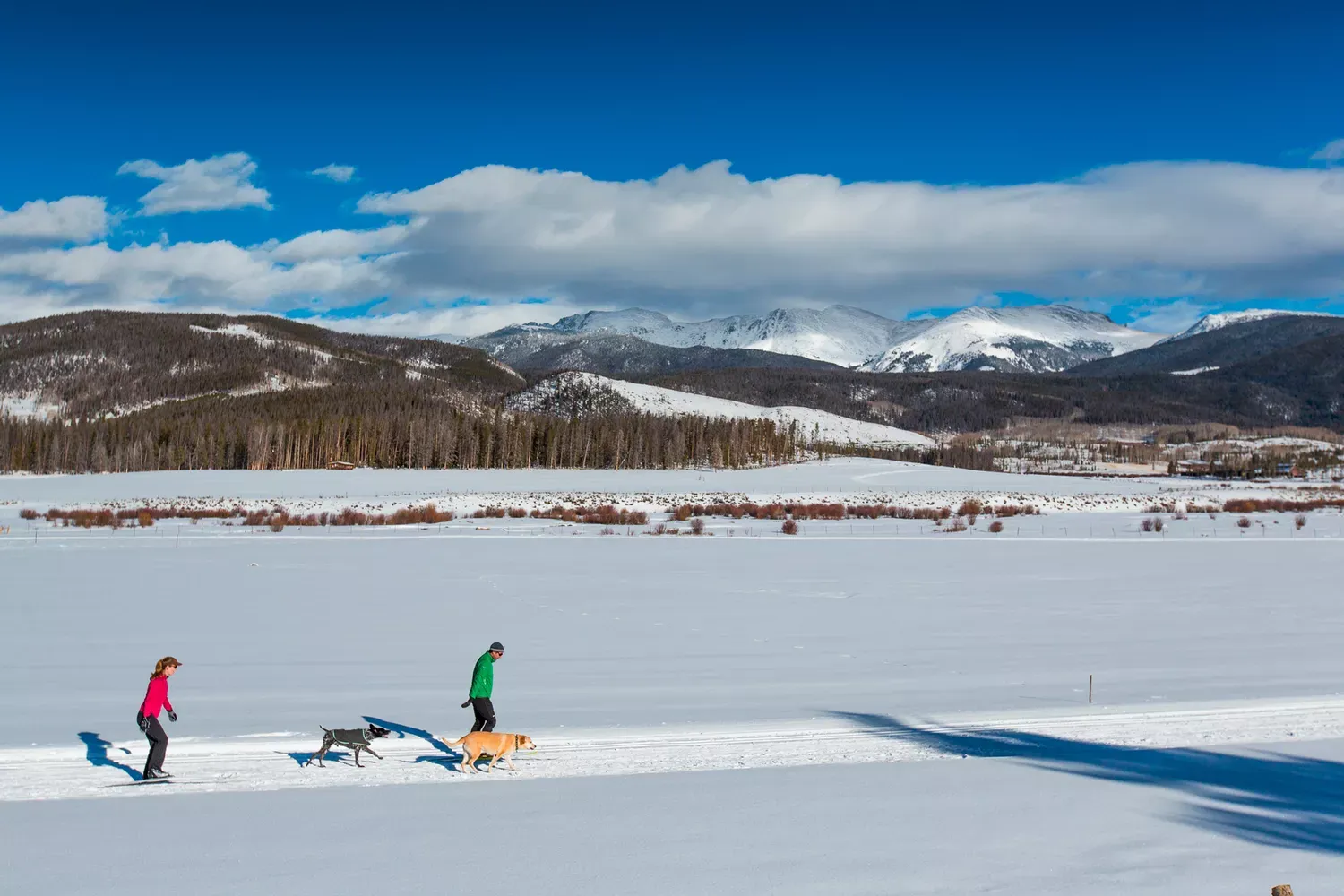Witness the breathtaking Great Wildebeest Migration by strategically planning your trip. Time your visit to coincide with key events like the Mara River crossing or calving season in the Serengeti. Consider joining a guided safari tour for expert knowledge of animal movements and optimal viewing locations. Pack essentials and consider photography equipment for capturing stunning memories.
Understanding the Migration Pattern
The Great Wildebeest Migration isn't a single event but rather a continuous, cyclical movement driven by rainfall and grazing availability. Predicting the exact location of the herds at any given time is impossible, but understanding the general pattern will significantly improve your odds of being in the right place at the right time. The following chart provides a rough guide, but remember, nature is unpredictable!
Month |
Location |
Key Activities |
Considerations |
|---|
January - March |
Southern Serengeti (Ndutu area) |
Calving season – witness hundreds of thousands of wildebeest calves being born. A time of abundance but also high predator activity. |
Dusty conditions can be common. Excellent for game viewing, but can get crowded, especially in February. Book accommodations well in advance. |
April - May |
Central Serengeti |
Herds begin their northward migration. Long columns of wildebeest trek across the plains. |
The "long rains" occur, which can make travel challenging. Some camps may be closed. Opportunity for stunning green landscapes. |
June |
Western Corridor (Serengeti) |
Herds congregate along the Grumeti River, preparing to cross. |
Dramatic river crossings begin, attracting large crocodiles. Grumeti River crossing is often less crowded than the Mara River. |
July - August |
Northern Serengeti / Southern Masai Mara |
The most famous river crossings occur at the Mara River. |
Peak season, expect high prices and crowded conditions. Book safaris and accommodation months in advance. This is your best chance to see the iconic river crossings. |
September - October |
Masai Mara |
Herds graze in the lush grasslands of the Masai Mara. |
Pleasant weather and good game viewing. The Masai Mara can offer a slightly less crowded experience compared to the Northern Serengeti during peak season. |
November - December |
Southern Serengeti |
Herds begin their journey south, back towards the calving grounds in the Ndutu area. |
The "short rains" begin, turning the landscapes green. Good time to see the herds moving south. |
Choosing the Right Time and Location
As the table above illustrates, timing is crucial. For calving season, focus on the Southern Serengeti between January and March. For the dramatic river crossings, head to the Northern Serengeti or the Southern Masai Mara between July and August. Remember that these are general guidelines, and the migration's timing can vary by weeks or even months depending on the rainfall.
Safari Options: Which is Best for You?
Several types of safaris can help you witness the Great Wildebeest Migration:
Mobile Camping Safaris: These offer the most immersive experience, allowing you to follow the migration closely. You'll typically stay in comfortable, movable camps that are set up in prime viewing areas.
Lodge-Based Safaris: More comfortable and convenient, with established lodges offering amenities and services. You'll typically take daily game drives from the lodge.
Fly-In Safaris: Save time and maximize your viewing opportunities by flying between different areas of the Serengeti or Masai Mara. These are often more expensive.
Balloon Safaris: A unique and unforgettable way to view the migration from above. Offers stunning panoramic views.
Consider your budget, desired level of comfort, and the type of experience you're seeking when choosing your safari. Booking through a reputable tour operator specializing in migration safaris is highly recommended.
Tips for a Successful Migration Safari
Here are a few final tips to help you make the most of your Great Wildebeest Migration safari:
Book well in advance: Especially if you're traveling during peak season (July-August).
Pack appropriately: Bring light, comfortable clothing, sturdy walking shoes, a hat, sunscreen, insect repellent, and binoculars.
Choose a reputable tour operator: Look for companies with experienced guides and a strong commitment to responsible tourism.
Be patient: Wildlife viewing is unpredictable. Be prepared to spend time searching for the herds.
Respect the environment: Follow your guide's instructions and avoid disturbing the wildlife.
Be prepared for early mornings and long days: The best game viewing often occurs early in the morning and late in the afternoon.
Consider travel insurance: Ensure you have comprehensive travel insurance that covers medical emergencies, trip cancellations, and lost luggage.
Learn some Swahili phrases: Knowing a few basic phrases will enhance your interactions with local communities.
Witnessing the Great Wildebeest Migration is a once-in-a-lifetime experience. By planning carefully and following these tips, you'll increase your chances of seeing this incredible spectacle and creating memories that will last a lifetime. Remember to be flexible and adaptable, as the migration's timing can change. Embrace the adventure and enjoy the magic of the African wilderness!



